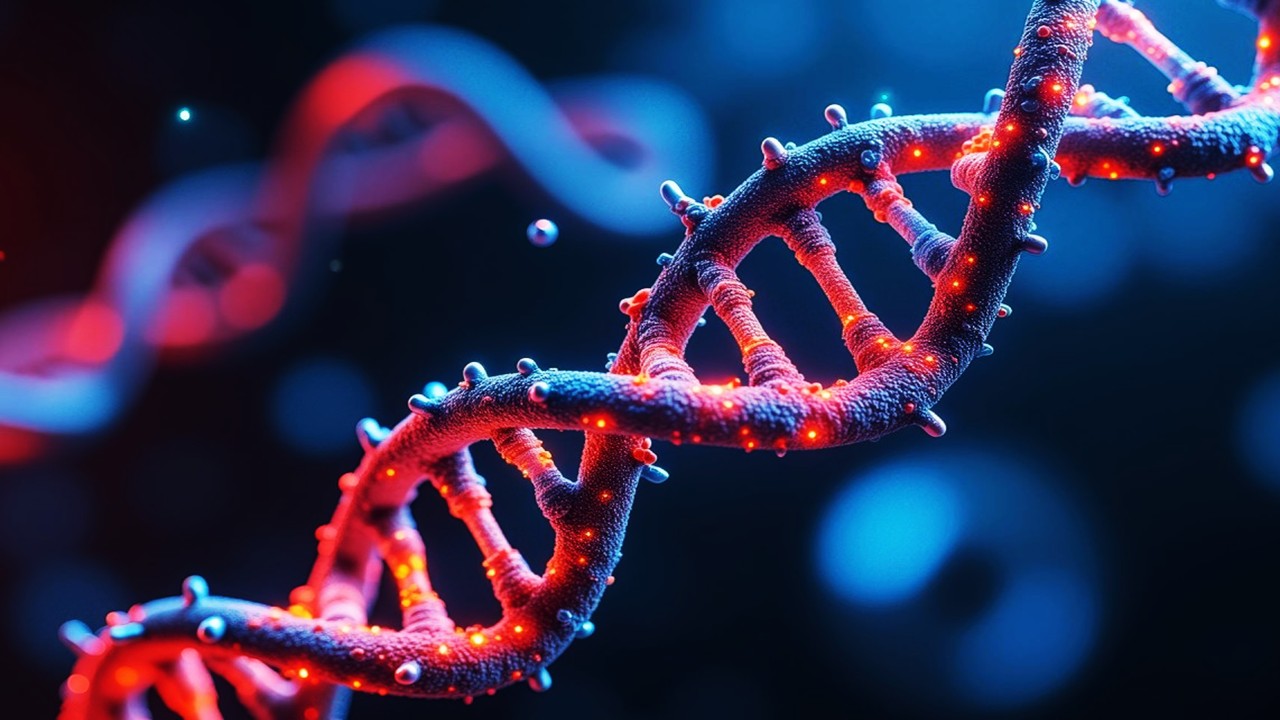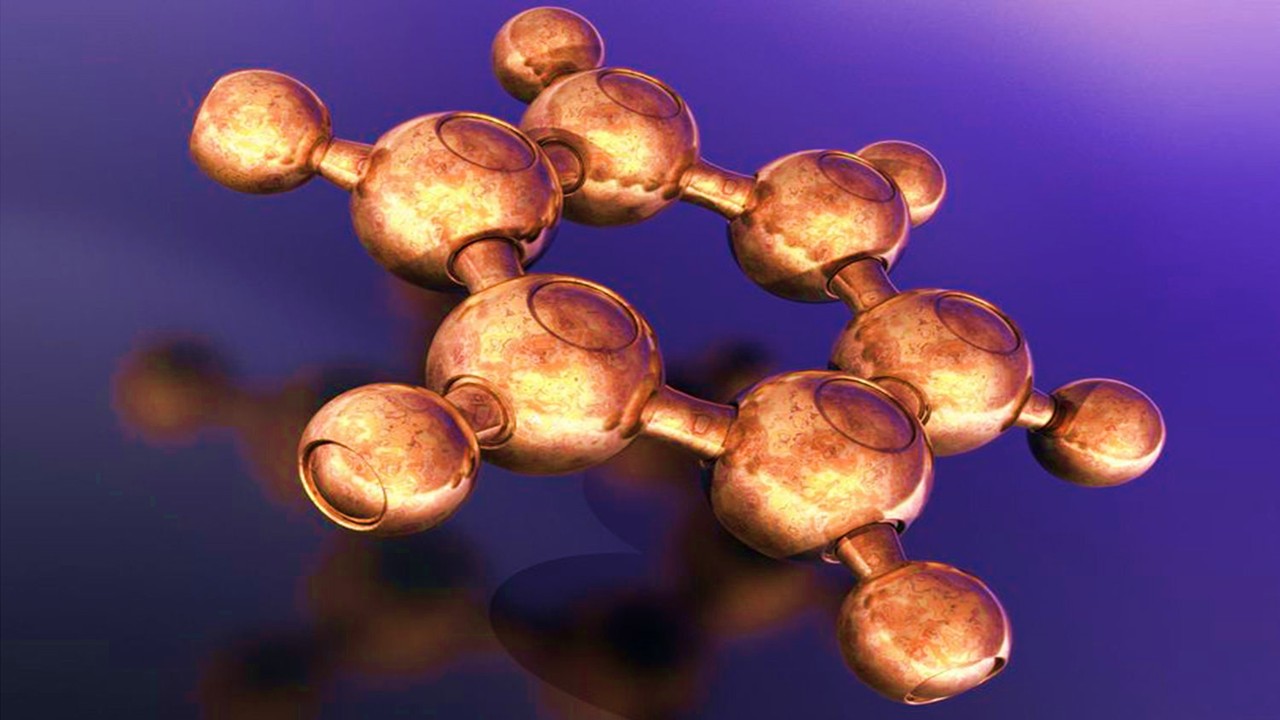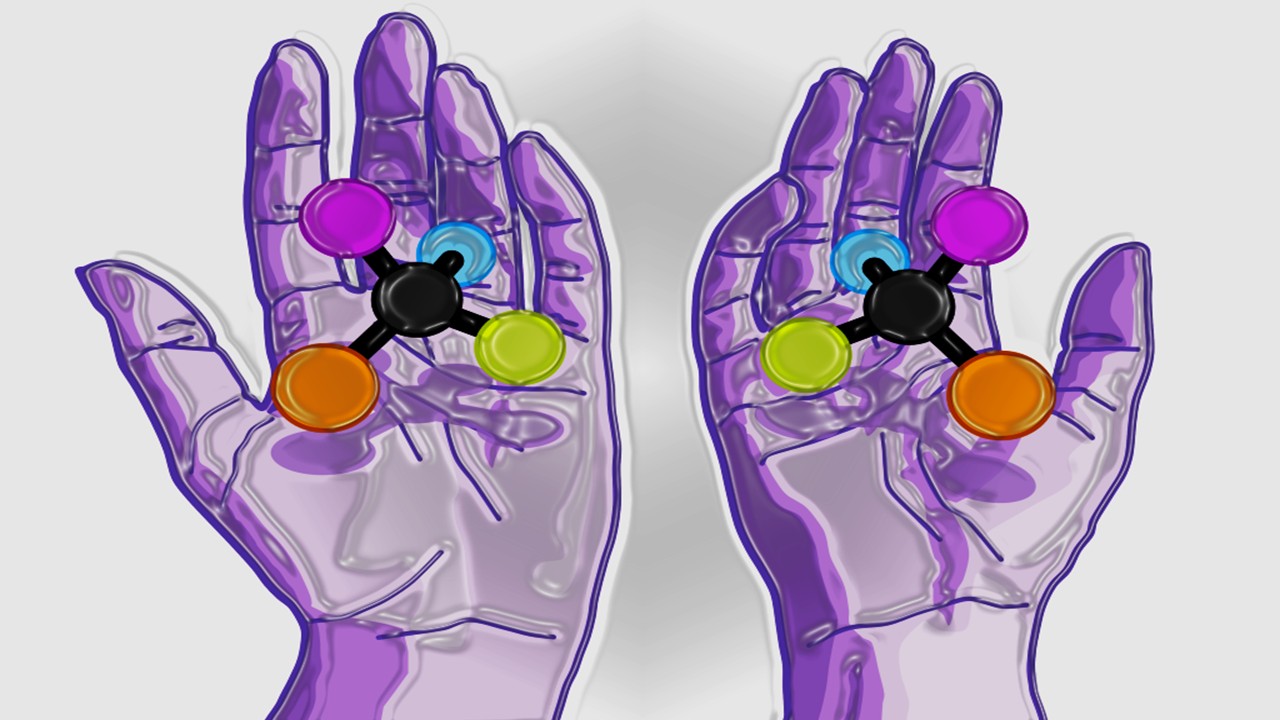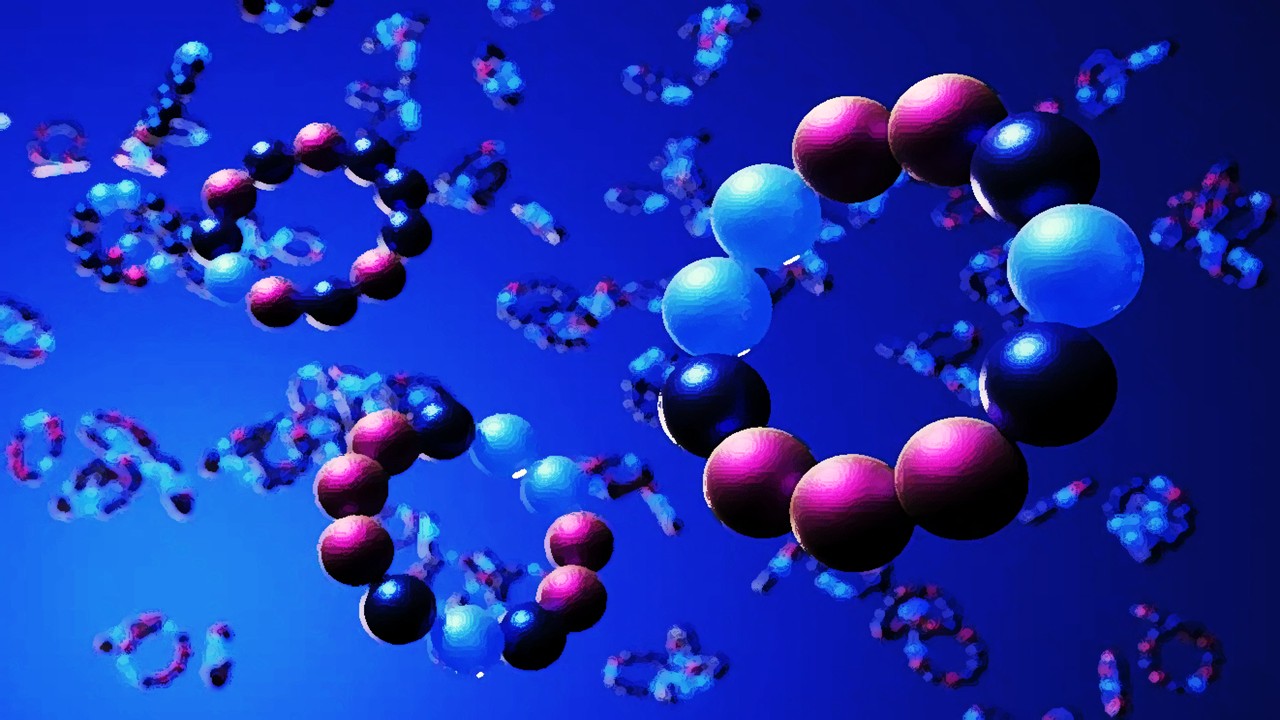Aptamers have long been understood as short single stranded DNA or RNA molecules which can chemically bind to a specific target molecule. Unusually, the idea of an aptamer first originated synthetically; similarly functioning molecules in nature had not been detected until 2002 with the discovery of riboswitches – molecules of messenger RNA (mRNA) – which can directly bind metabolites to adjust their own regulation. Since then, aptamers have made multiple advances: as therapeutic agents in their own right, but also in furthering other therapeutic modalities such as RNAi interference. This article will briefly discuss some of the successes, but also the areas that require improvement as we seek to capitalize on aptamer technology further.
Aptamers and their Properties
While both peptides and nucleic acids can form molecules that act as aptamers, the primary interest in industry has long focused on nucleic acid aptamers. Their appeal stems from their ability to act as chemical, rather than biologic, antibodies: they can recognize molecules, and bind to them, and they can be chemically synthesized with much more ease than monoclonal antibodies. Aptamers are generated through in vitro selection methods such as SELEX: the Systematic Evolution of Ligands by EXponential Enrichment. SELEX involves testing a large oligonucleotide library against a target across multiple iterative rounds, discarding non-binding aptamers and expanding candidates which show binding affinity. Aptamers have shown potential to be developed as agonists, antagonists, bispecific aptamers, as well as carriers for other therapeutic agents.
Currently, only one FDA-approved aptamer therapeutic exists: pegaptanib, which is used for the treatment of age-related macular degeneration. It achieves this by binding to vascular epithelial growth factor (VEGF), a protein critical to the pathogenesis of the disease. Other candidates are also in clinical trials. One example is emapticap pegol for diabetes as well as liver and pancreatic cancer. Another would be olaptesed pegol for leukemia and glioblastoma – a highly fatal form of brain cancer with severe unmet clinical needs. In addition to standalone therapeutics, aptamers can make ideal delivery vehicles for other therapeutics – much like conjugated antibodies. In particular, aptamers show immense potential in aptamer-siRNA conjugates. This is because aptamers are also nucleotides – making the linkage of the two agents straightforward through covalent bonds or annealing.
Diagnostic Aptamers
The other obvious application for aptamers is in clinical diagnostics. Peptide antibodies have been a mainstay of investigative methods for decades – but aptamers present multiple improvements. Chief among this is their origination through chemical synthesis, which can give rise to more cost-effective and reproducible products. This, in turn, translates to more reproducible studies: multiple sources have drawn attention to the role of protein antibody reagents in contributing to study irreproducibility – with reagent variations accounting for up to 36% of failures to reproduce investigation. In contrast, once an aptamer is generated through SELEX, its sequence becomes known and future reproducibility guarantees no batch-to-batch variation. Aptamers also present improved precision: their smaller structures and more drug-like properties enable them to reach a greater number of targets than traditional antibodies. This, combined with their fine-tuned specificity, makes aptamers perfect molecular probes.
Challenges Ahead
Despite the benefits outlined above, aptamers have not widely replaced peptide antibodies in assays, and only have one approved aptamer-based therapeutic to boast about. This is due to inherent challenges with the modality, which the industry is currently trying to solve. For therapeutic applications, aptamers exhibit poor pharmacokinetic properties: high renal filtration rates lead to quick excretion, while their sensitivity to nucleases also contributes to rapid degradation. Examples of overcoming these limitations include the conjugation of aptamers with inert antibodies. This method was shown to improve tumor infiltration for pegaptanib, by conjugating it with cotinine and forming an “oligobody”. Conjugation with cholesterol has also been shown to improve half-life in the body, as has the formulation of aptamers in sheddable, pegylated nanoparticles.
It is also important to note that aptamers have had a slower development due to early intellectual limitations – such as patents for SELEX technology, while antibody technology has had over 40 years of commercial research and development. Despite the high-fidelity final products, better understanding of how to formulate initial aptamer candidates will doubtlessly improve development. Current technologies present low success rates, reliant on time-consuming and highly complex selection processes.
The future remains bright for aptamers – with multiple companies working to develop them further in diagnostics, biotechnological assays, conjugated products as well as standalone therapeutics. Work continues not only on traditional RNA and DNA aptamers, but also artificial XNA-based aptamers. The use of such synthetic chemistries aims to overcome traditional vulnerabilities to natural nuclease enzymes – and has shown increasing utility in binding not only protein targets, but also small molecules.
Join Proventa International’s Medicinal Chemistry Strategy Meeting in Zurich to hear more about oligonucleotide-based therapeutics, including RNA interference and aptamer technologies. Meet key experts and industry stakeholders and participate in high-level discourse on the cutting-edge trends of the field.
Subscribe
to get our
LATEST NEWS
Related Posts

Medicinal Chemistry & Pharmacology
Pathogenic Targeting 5.0: The Rise of RNA Therapeutics and Peptide-Based Drugs in Modern Medicine
Unlike traditional small-molecule drugs, which interact with proteins, RNA therapies modulate gene expression directly, enabling interventions at the root of disease.

Medicinal Chemistry & Pharmacology
Polarity Alchemy: Strategic Charge Manipulation in Contemporary Drug Design
The future promises tunable therapies with polarity adjustable by light, magnetic fields, or bioorthogonal triggers.













